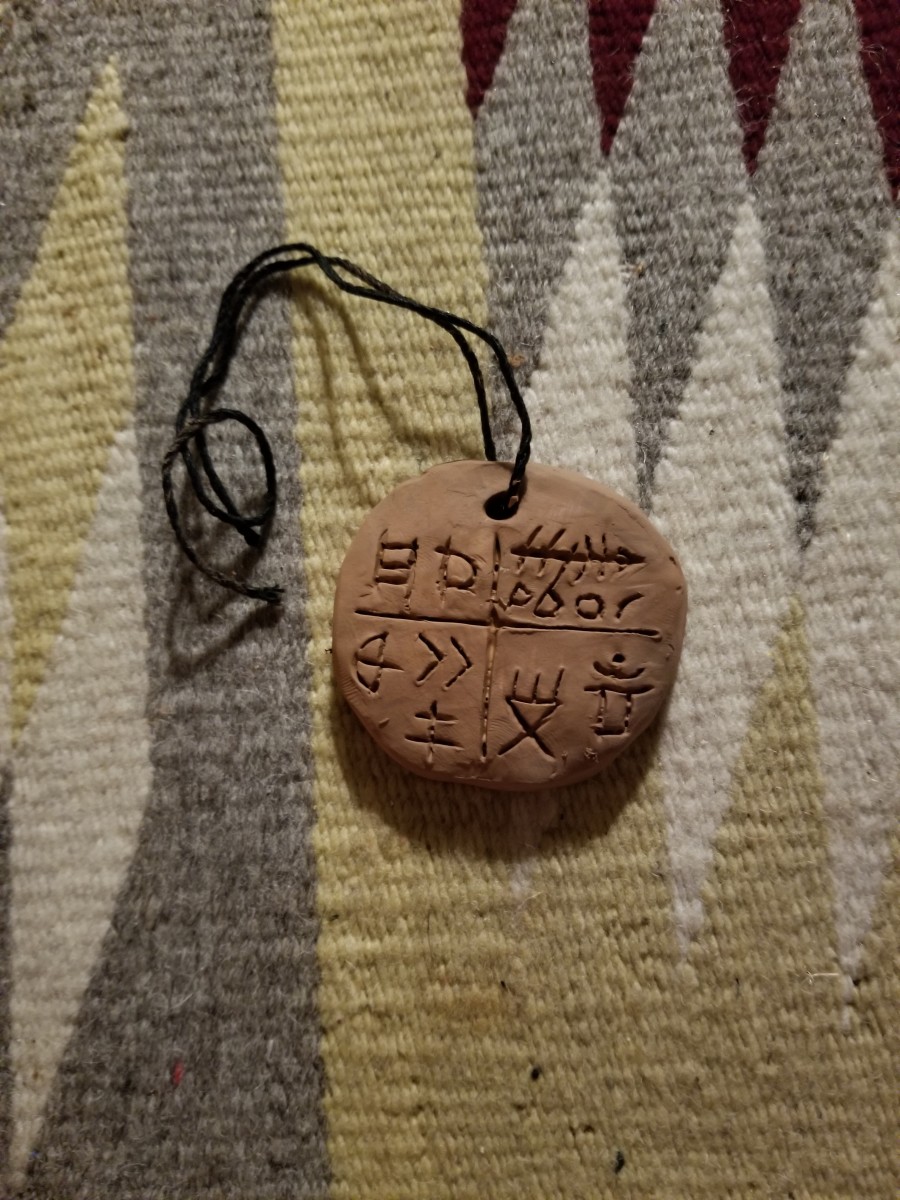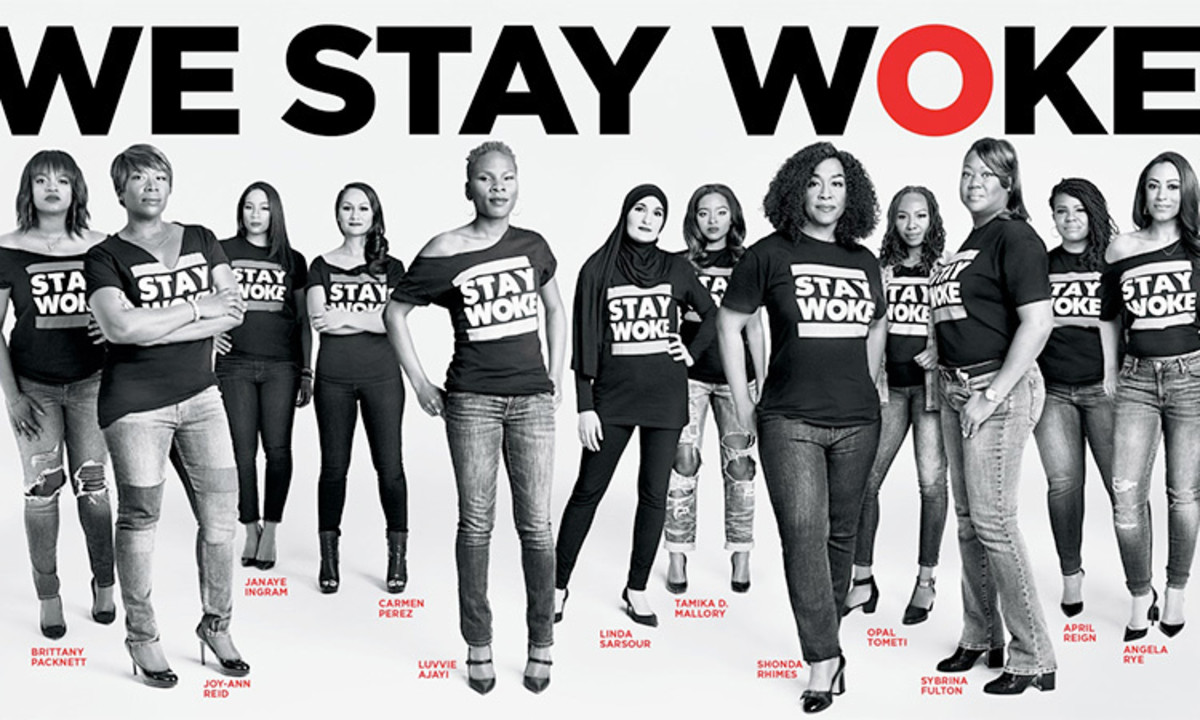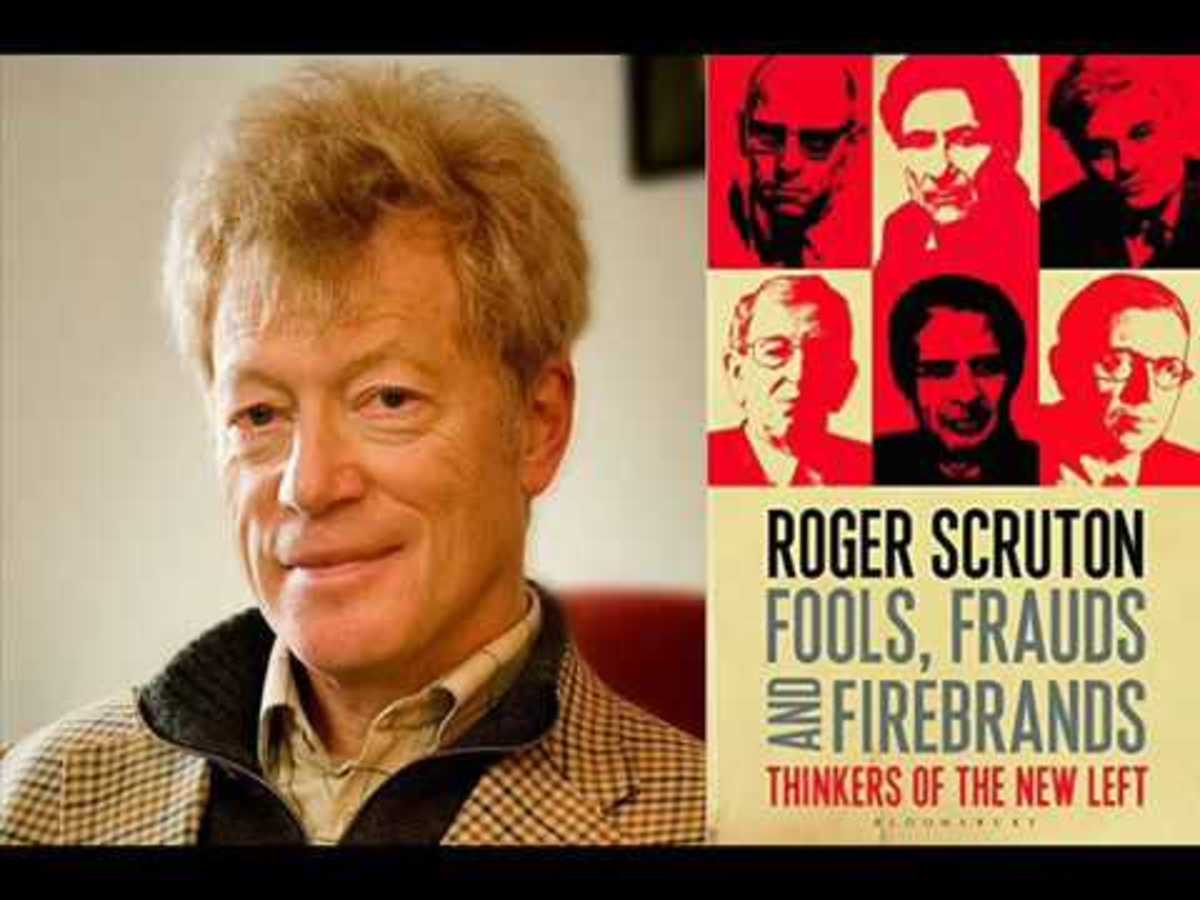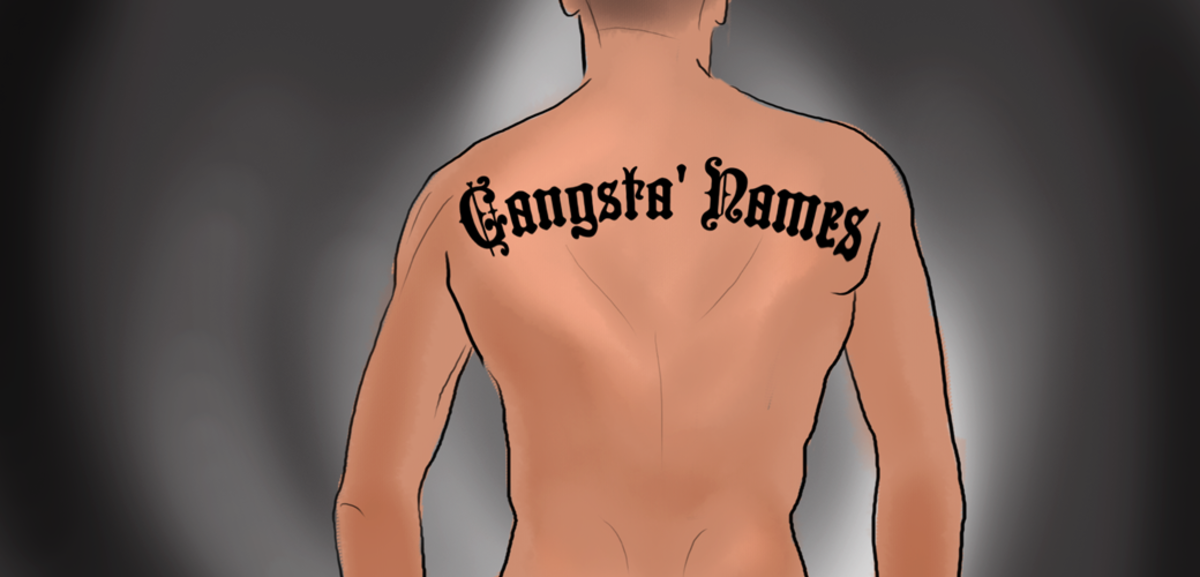Language Within Symbols
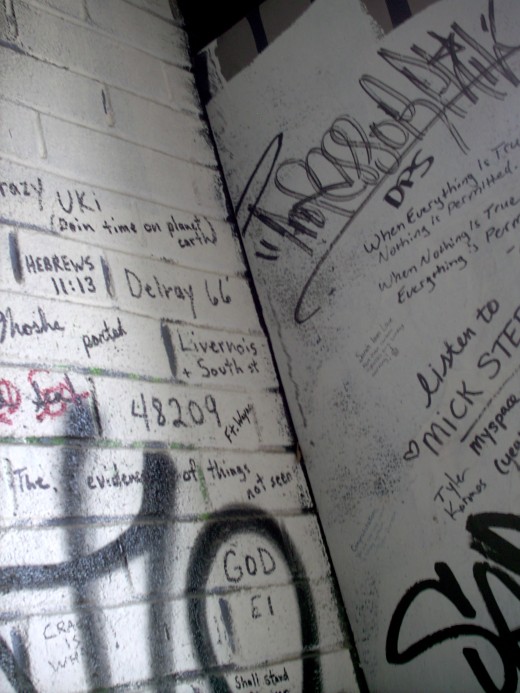
Exploring Language and Propaganda
It is important for individuals to explore the ideas they incorporate into their minds, heart, and spirituality. Without question, people often take a philosophy, religion, or political ideology as their own even if they may not agree with certain aspects. Operating under a paradigm created by someone else can become stifling to the thought process and growth of an individual. Ideas, largely, were created by humans, whom are not perfect. Sometimes people are not even aware of the ideas they have taken on simply through the use of language and symbolism.
Language and symbolism can operate as types of propaganda. Language, a type of symbol, does not completely describe an experience. It is merely a representation of the experience. And because language and symbols are representations of experiences they have the power to control people's thoughts, and attitudes.
"Ultimately it was hoped to make articulate speech issue from the larynx without involving the higher brain centers at all," George Orwell said of Newspeak in 1984.
In George Orwell's 1984 the government was working to condense language not because it was easier, but because it further limited ideas and thoughts. The potential to control the human and the individual was increased. Currently, we are controlled by our language through the absence of words to express ideas, or the use of simple words to express ideas that may otherwise be complicated.
- Newspeak: a fictional language in George Orwell's no...
Newspeak is a fictional language in George Orwell's novel 1984. It has a reduced and simplified vocabulary and grammar. This suited the totalitarian regime of the Party, whose aim was to make any alternative thinking ("thoughtcrime") or speech. - The Art of Propaganda Posters
Understanding the symbolism inherent in propaganda posters. - Wayne LaPierre Stand and Fight - Propaganda Techniqu...
An analysis of the propaganda techniques used by Wayne LaPierre, executive vice president of the NRA, in his essay .
"But the special function of certain Newspeak words, of which oldthink was one, was not so much to express meanings as to destroy them. These words, necessarily few in number, had had their meanings extended until they contained within themselves whole batteries of words which, as they were sufficiently covered by a single comprehensive term, could now be scrapped and forgotten," Orwell wrote.
This idea can be exemplified by the disappearance of freedom in Orwell's contrived world.
"The word free still existed in Newspeak, but it could only be used in such statements as "This dog is free from lice" or "This field is free from weeds." It could not be used in its old sense of"politically free" or or "intellectually free," since political and intellectual freedom no longer existed as concepts, and were therefore of necessity nameless," wrote Orwell.
Language has been condensed through time. There was once a time when there were several words used to express love. Each word had a separate idea attached to it such as love of family, love of companion, love of an idea, etc. etc. Now we are simply left with one word in the English languageto describe a multifaceted emotion. Therefore, our thoughts about love are limited. We are left with the dichotomy of love and hate with nothing in between.
In western civilization thoughts and ideas are based on dualism. Dualism limits our thoughts to two opposing ideas; good or bad, love or hate, heterosexual or homosexual, woman or man. The flaw comes in that these ideas are actually on a continuum with several other ideas. There are several states between good and bad, love and hate, and sexuality. However, there are no words to express these in-between states. Therefore, we are more likely to fall into the dualism pushed by our society. It's a lot easier to control people if they are either good or bad. People strive to be on the highest level of the continuum, which is impossible to achieve, in order to avoid what they perceive as being on the negative side of the continuum. Ideas associated with either side of the dichotomy are readily accepted and mentally limiting in their effects. There are consequences to what seems to be the 'negative' side of the continuum; imprisonment, loss of freedom, ridicule, and countless other fears.
"It is the elites who ultimately decide what is right and wrong based on the expediencies of their agenda of absolute power over all feeling, thought and behavior in the name of law and order," said Carrie Drake in the article "The 'New Science', Big Brother, and Newspeak".2
Orwell also speaks of the idea of doublethink, which is the use by politicians of contradictive language in order to manipulate the masses to follow their agenda. An example is the naming of the conflict with Iraq as 'Operation Iraqi Freedom'.Sounds pretty and even heroic, but the reality is that America bombed the country, subjected them to fear, horded their wealth, and occupied the area under a police state. Did the Iraqi's feel free?
Another example of doublethink was frequently seen after 9-11, and has been around for centuries. It was stated in the media that 9-11 was an attack on freedom. It was also said that America needed to increase their security so that the same scenario couldn't happen again. We needed to increase security to protect our freedom. In reality the increase in security meant that individuals would have to sacrifice freedoms.
"And we hear echoes of that warning chord in the constant demand for greater security and comfort, for less risk in our societies. We recognize, however dimly, that greater efficiency, ease, and security may come at a substantial price in freedom, that law and order can be a doublethink version of oppression, that individual liberties surrendered for whatever good reason are freedom lost," said Walter Cronkite in "Cronkite on Orwell's Warning."
Picture symbols have the potential to create similar effects as newspeak and doublethink.
"Pictures are a very effective way to communicate with minds at early levels of consciousness. However, this form of writing restricts the invention of words and, as a result, the development of abstract ideas.”6
The english language is based on 26 letters. Millions of ideas are conveyed by these 26 letters, which are arranged in different ways. Phonics gives the letters more range of use. The phonic-based alphabet is being used less in schools today. Education now favors teaching kids to read by sight recognition.
"The recent trend in education, where phonics has been dropped in favor of "Look-See", is a social engineering device to help return the general population to a level of understanding that existed when words were represented by symbols, i.e., meanings represented by "shapes". The planned effect of this is to restrict‘common herd’ consciousness to a more primitive level of understanding.”6
Symbolic Pictures
The pink triangle has represented the gay rights movement. Originally, the symbol was used as an object to signify a homosexual in a Nazi concentration camp. The Nazi's imprisoned people for their religious and political views, as well as their sexual orientation. The prisoners wore symbols on their uniforms to signify why they were being held in the camps. The pink triangle on a uniform meant the person was being held because of their sexual orientation. These humans were branded like cattle. The branded marks were symbols born of hatred.
It is common practice within social movements to take language or symbols that have been used to oppress people, and to change their definition to a more positive meaning. Also, it has been a common practice for governments and organizations to take symbols with positive meaning and distort it into something negative in order to undermine the ideas. The pink triangle was used by the gay rights movement in order to change the negative feelings that came from seeing it and attributing it to homosexuality.
In either scenario, when we see a pink triangle we associate it with a gay person. It serves as a label. The sight of the label causes a reaction in the viewer, but very little thought. It reinforces the dichotomies used to express sexuality in western culture.
The government uses many symbols. On a one dollar bill there is the Eagle, which represents the United States. In one claw the bird holds arrows, which are symbolic of war, and in the other claw a laurel, which represents peace.War and peace are also dichotomies.We see that the U.S. government represents both war and peace, and very little thought goes into truly exploring what the ideas mean.
Which leads to the third entity that uses symbols; corporations. There is a correlation between the social movements', and governments' use of symbols in that they are used to represent a way of thinking. Do corporations also aim to use symbols as a means to create a way of thinking?
Some of the most notable symbols in society are from Pespi, Camel cigarettes, and McDonalds. We recognize these symbols even in the absence of the company names or slogans. In a sense, they have created a culture of people who follow the idea of eating quick, fatty foods that contain very little nutrition, mixed with consumption of unhealthy and often deadly habits.Freedom in America is equated to being able to consume our desires, which are manufactured by these corporations.
During an interview recorded on the video “Instrument”, the band Fugazi was asked what the lyric "American is just a word but I use it" meant andIan McKaye said:
"That line is about how words and your language you use ultimately lock you into a certain place. You don't have much freedom outside of that particular language, and America, in an essence, is just an idea. It's just a word, and what it actually means is left to each person to figure out themselves."7
Artists which use images and words to inspire discussion and reflection on the oppressive ideas and behaviors perpetuated by governments, and corporations through the use of language and symbols can counterbalance the negative propaganda.
Resources
1. Cronkite, Walter. Preface by Walter Cronkite: Cronkite on Orwell's Warning. George Orwell's 1984.
2. Drake, Carrie. The "New Science", Big Brother, and Newspeak.
3. Joseph, Richard. Oldspeak Vs. Newspeak. Journal of Democracy 9 (pp. 55-61). 1998.
4. M., Jonathan. Orwell and Chomsky: The Prophet and the Messiah. The History and Philosophy & Literature. Student Essay.
5. Drake, Carrie. The "New Science", Big Brother, and Newspeak.
6. Subversion by Education (Chapter 7). Brain-Wash.
7. Fugazi. Instrument. 1999. Dischord.
Robin Coe is a journalist and author. She wrote the fantasy novel "Fly on the Wall" and graphic novel "Illustrated Book of Wrath".
Kindle Editions
http://www.amazon.com/Robin-Coe/e/B005F5L5FE/ref=ntt_athr_dp_pel_pop_1
Paperback Editions


